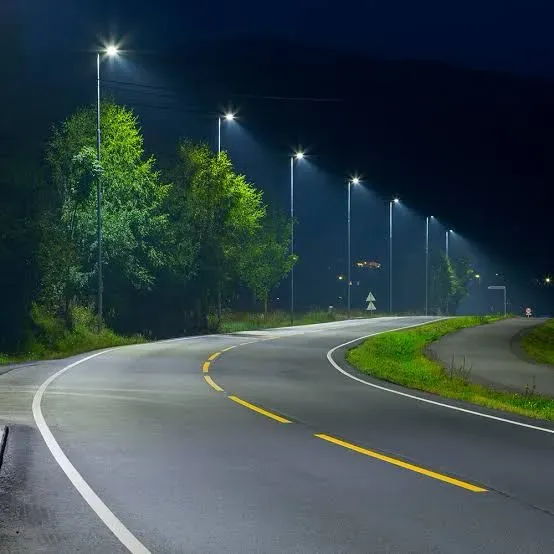Can Coimbatore Corporation's Motion Sensor Streetlight Pilot Project Save Energy?

Synopsis
Key Takeaways
- Motion sensor streetlights reduce energy consumption.
- Powered by solar energy, promoting sustainability.
- Auto-dimming technology enhances efficiency.
- Requires only a one-time investment.
- Plans for expansion to 100 more units.
Chennai, Aug 14 (NationPress) In an effort to diminish electricity usage and foster sustainable urban lighting, the Coimbatore City Corporation has initiated the installation of motion sensor streetlights that are entirely powered by solar energy.
These innovative lights, featuring solar panels, are designed to reduce reliance on the electricity board, thereby decreasing carbon emissions and eliminating greenhouse gas outputs.
As part of a pilot initiative, 122 motion sensor streetlights have been installed at five strategic locations, with plans to identify sites for an additional 100 units.
Officials are optimistic that expanding this project could significantly minimize the demand for new electricity connections, which typically incur expensive deposits, line charges, and recurring monthly bills.
A senior corporation official highlighted that the installation of conventional streetlights can be a complex and costly endeavor, while the solar-powered motion sensor models necessitate only a one-time expenditure.
The corporation has opted for auto-dimming technology, allowing the lights to function at 50 percent brightness and ramp up to full brightness when motion is detected within four meters of the pole. Other available models include those that completely shut off or activate solely upon movement detection.
This system is equipped with an automatic on-off capability using either motion or dusk-to-dawn sensors. The dimming feature not only conserves energy but also prolongs battery lifespan. Each unit is backed by a two-year warranty and is crafted for durability; however, officials mention that the solar panels will require cleaning every two months and batteries need replacement every three to five years, depending on usage.
Corporation Commissioner M. Sivaguru Prabakaran acknowledged the challenge of dust build-up on the panels but emphasized that daily cleaning is not essential.
At present, there is no centralized monitoring system for these lights. Future plans include deploying motion sensor streetlights at 42 overhead water tank locations across newly incorporated municipal areas, where new power connections would otherwise be necessary.
An executive from a Kerala-based manufacturer stated that their models can detect motion up to 10 meters away, even from animals, rendering them appropriate for diverse environments. He noted that commercial establishments, apartment complexes, and educational institutions are increasingly adopting sensor-based street lighting for both cost and energy efficiency.
If the pilot project proves successful, the corporation anticipates that this technology will become integral to the city’s public lighting strategy, aiding in both environmental sustainability and operational savings.









